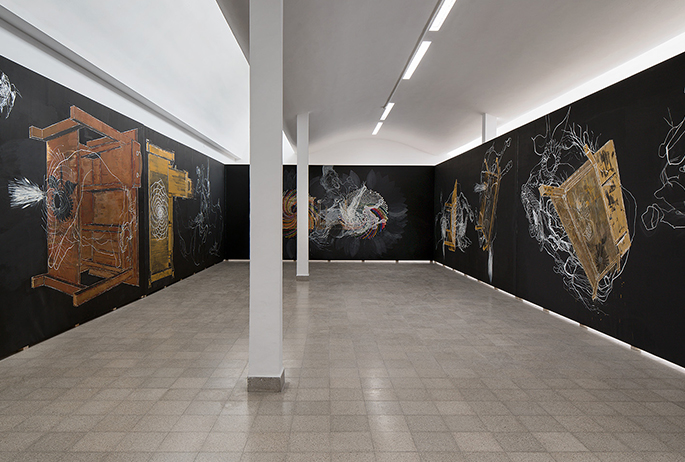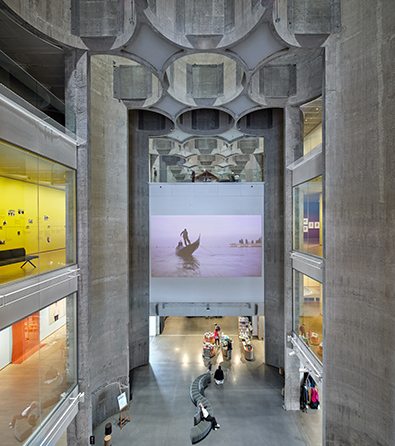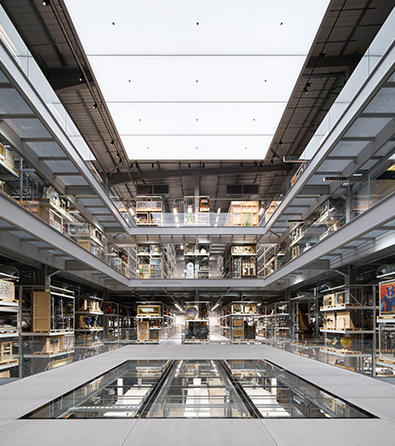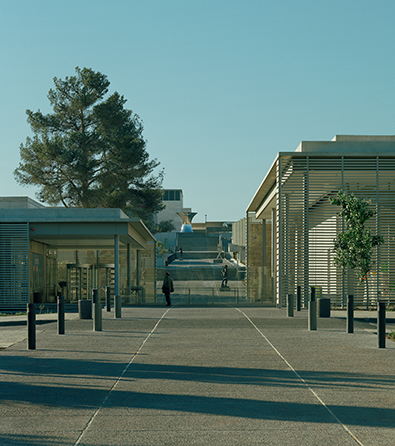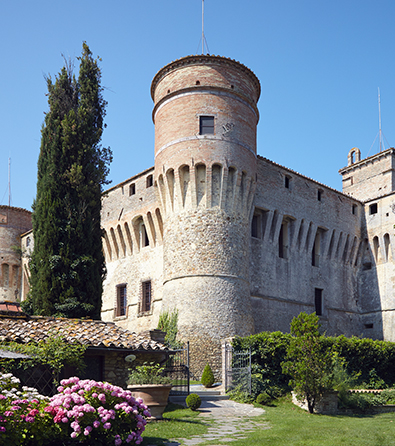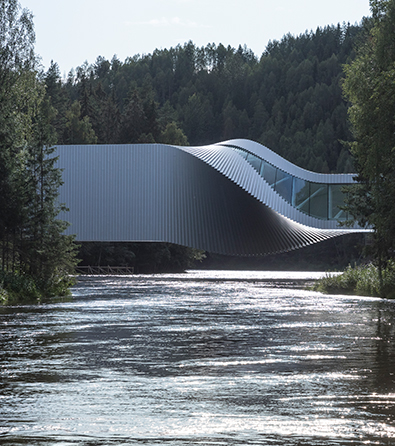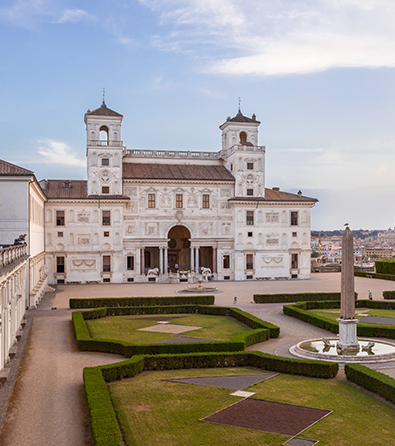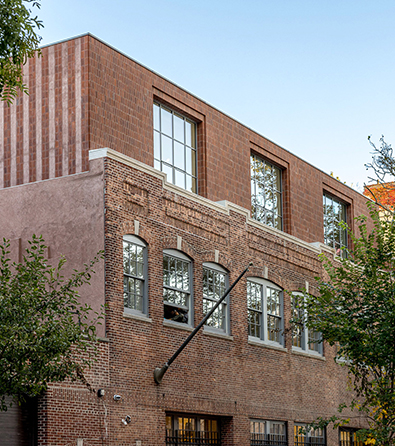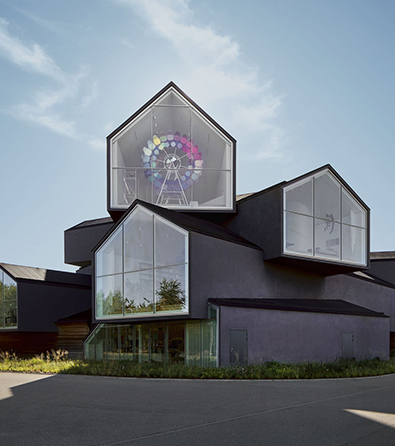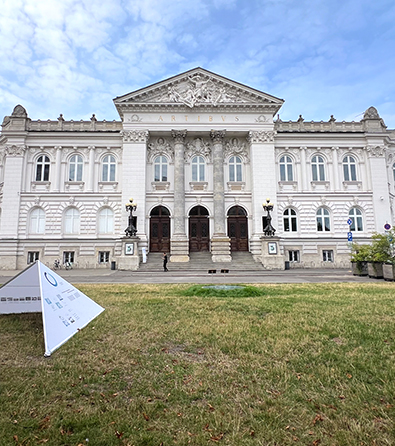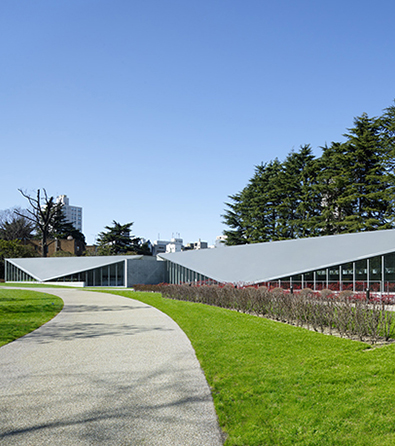The Mishkan Museum of Art, located within Kibbutz Ein Harod in Israel’s northern periphery, is recognized as one of the country’s most prestigious museums. Its distinctive rural setting within a kibbutz emphasizes its importance as a key cultural and educational hub. With an extensive collection of over 20,000 artworks, including pieces from renowned Jewish artists of the 19th century to contemporary Israeli art, the museum serves as a vibrant cultural center. It offers a comprehensive, multicultural perspective on Israel’s cultural and historical landscape, inviting visitors to delve into the Israeli experience through a multidisciplinary artistic approach.
The museum’s foundation dates back to 1937, starting as a modest wooden shack within the kibbutz. This shack served dual purposes: as an art studio for Chaim Atar (1902-1953), the museum’s visionary founder, and the museum’s initial location. During the Second World War, Atar emphasized the critical need to preserve Jewish heritage, advocating for the collection of Jewish artworks and Judaica to protect the legacy of Jewish European communities affected by the Holocaust. The museum’s architectural design, credited to Shmuel Bickels (1909-1975), incorporates wave-like roofs and hidden sources of natural light, creating a serene atmosphere. The Mishkan Museum of Art officially opened its doors in 1948 and was completed in 1958.
Avi Lubin, the chief curator, outlines the museum’s distinctive dual role in the local art scene. It serves as a leading institution since Israel’s inception, hosting pivotal exhibitions that have influenced local art history. Additionally, its location in the geographical and cultural periphery has allowed it to become an alternative and experimental platform for showcasing artists and practices outside the mainstream. This balance has enabled the museum to impact mainstream cultural discourse and expand perspectives on local art history.
Lubin is dedicated to continuing this approach, presenting a diverse array of artists—emerging and established, Jewish and Arab, secular and religious. This strategy encourages artistic experimentation and expansion. He views the museum’s location as a strategic advantage, promoting a worldview that connects art with its environment on multiple levels, including geographical, geopolitical, cultural, artistic, and social aspects.
Lubin’s goal is to explore the dynamics between the central and peripheral, addressing both local and universal themes. He aims to engage with local cultural, artistic, or social issues to spark global art discussions, enhancing the museum’s international appeal. This involves showcasing international artists whose work aligns with local contexts, especially those addressing ongoing conflicts, and projecting local art discourse onto the international stage through partnerships with foreign institutions.
The museum’s extensive and unique art collection is central to Lubin’s vision, offering new insights into Israeli art and society. It includes Israeli artists, Jewish diaspora art, and a Judaica collection, promoting a reevaluation of contemporary Israeli art. Lubin seeks to provide diverse perspectives, connect the museum with the community, and address contemporary cultural and social issues in Israeli society.
The Mishkan Museum of Art welcomes over 20,000 children annually to its educational programs emphasizing cultural diversity and coexistence. It aims to foster a more inclusive, pluralistic society, highlighting the importance of understanding and empathy in today’s world. As a crucial cultural and historical center, the museum presents Israeli culture through a multidisciplinary artistic lens, fostering a sense of community and shared humanity.

